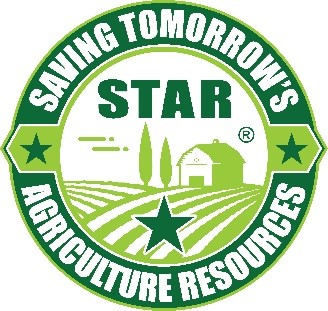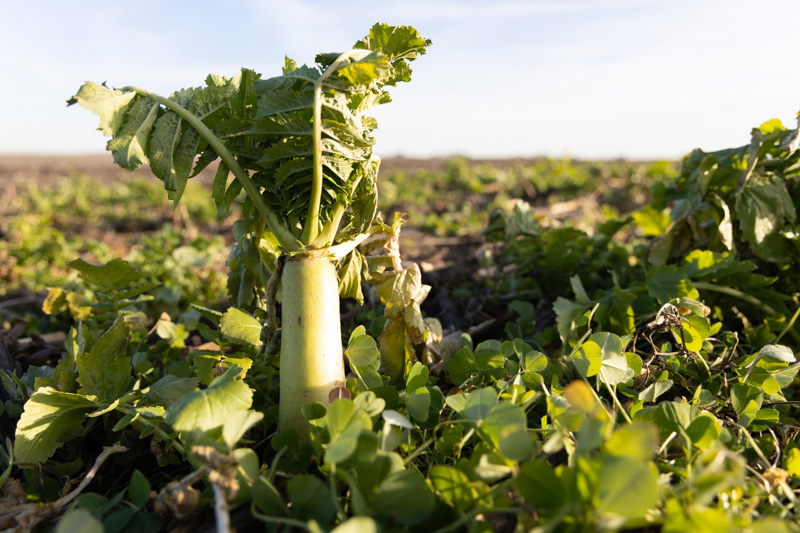By Dr. Michael Woods, CEO, Association of Illinois Soil and Water Conservation Districts
Considering unprecedented, once-in-a-lifetime federal investments into climate-smart agriculture, 2023 was envisioned as a potential turning point for agricultural conservation efforts across the United States. Major investments such as the USDA Partnerships for Climate-Smart Commodities and the Inflation Reduction Act of 2022 were expected to raise agricultural conservation and climate resiliency to the top of the national agenda in 2023 and beyond. These and other major initiatives like the Nutrient Loss Reduction Strategy (NLRS) aimed to foster greater links between conservation practices, nutrient loss, soil biodiversity, and climate goals in Illinois.
In October of 2023, as a response to new legislation (SB1701), the Illinois Department of Agriculture (IDOA)—like the Association of Illinois Soil and Water Conservation Districts (AISWCD) before IDOA—initiated a memorandum of understanding establishing Illinois STAR as the state-wide program to elevate soil health practices and set clear levels of achievement for producers and landowners engaging in best agricultural conservation practices needed to achieve future goals of both NLRS and adoption of proven climate-smart agriculture and weather resilient practices.
The advancement of STAR across Illinois through these state efforts has the potential to move Illinois forward in meeting the goals of NLRS while becoming more resilient to weather/climate change that is directly impacting production agriculture across the state.
Much like many across the nation, Illinois agriculture and conservation are facing unprecedented challenges and opportunities as we head into 2024. Farmers, landowners, and conservation professionals (like those within the Soil and Water Conservation Districts) now have a unique opportunity to accelerate efforts to build a stronger, more dynamic, and resilient industry, one that can truly face up to the challenges of the present agricultural ecological setting.
As we move into the new year, and a decisive period for agricultural conservation, practitioners need to capitalize on these opportunities for systemic change and transformation of our agricultural fields. To be responsive during these times of opportunity, I believe there are key themes urgently needed, and where creative and collaborative engagement can create new opportunities for action. These are: 1) renewing individual commitments to conservation across the agricultural industry; 2) engaging new producers, landowners, and constituents that cultivate collaboration; 3) expanding silos and scaling solutions; 4) elevating field level performance; and 5) energizing and aligning new funding investments.
Driving large scale, industry wide change to achieve these five key themes requires skills and resources like STAR that acknowledges different producer/landowner perspectives, builds trust, and engages the art and science required in challenging conversations, while simplifying a shared strategy and set of achievable tactics across diverse sectors of the agricultural industry.
Notably, as we are seeing in Illinois, STAR can serve as a tool to elevate collaborations between producers, scientists, practitioners, and government officials seeking to put knowledge and tools in the hands of producers and conservation professionals, in a format that maximizes practical action in the field and across the farm.
As we turn the corner into 2024, it is clear — as highlighted in the 2023 Biennial NLRS report — we will not leave the conservation challenges of prior years behind us. This calls for deeper thinking and focused efforts on how to convert those challenges into long-term opportunities.
If agricultural producers, landowners, and conservation professionals can seize on these opportunities with IL STAR, 2024 could turn out to be a pivotal moment for agricultural conservation efforts in Illinois.
Enroll your field in STAR at IllinoisSTAR.org


